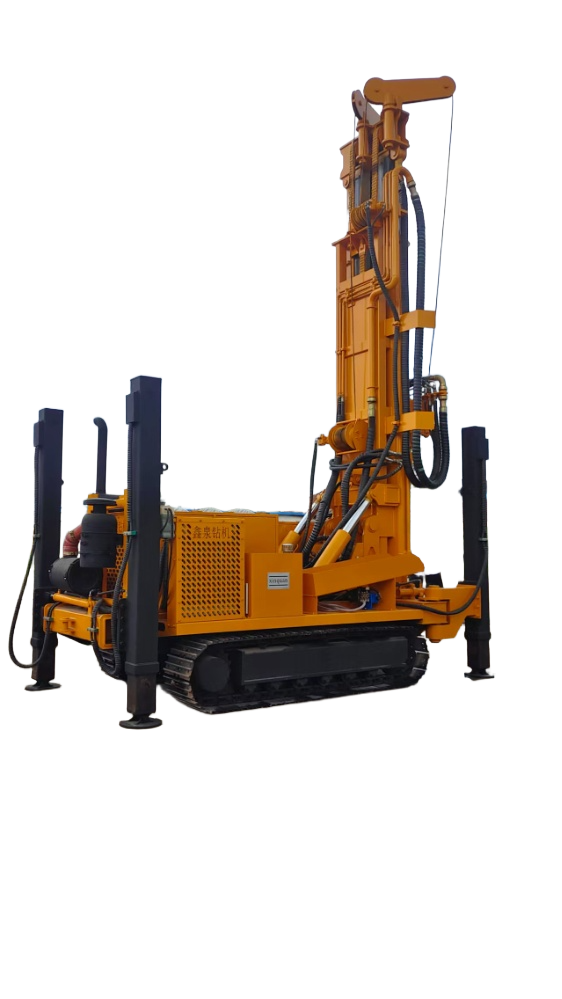Wear and maintenance of drill bits caused by stratum factors
Brenda drilling operations, formation conditions are a key factor affecting drill bit wear. When encountering extremely hard formations like granite, the wear rate of ordinary bit materials will significantly accelerate under continuous high-intensity friction. Some formations are highly abrasive, such as those containing large amounts of quartz sand, where sand particles continuously scratch the bit, accelerating its wear.
 When facing hard formations, it is essential to select suitable high-hardness alloy bits, such as tungsten steel tooth bits, which can better handle the challenge of hard rocks. In abrasive formations, besides choosing wear-resistant bits, optimizing the performance of drilling fluids can help. Drilling fluids should enhance their cooling and lubricating effects to reduce friction between the bit and the formation, minimizing wear.
When facing hard formations, it is essential to select suitable high-hardness alloy bits, such as tungsten steel tooth bits, which can better handle the challenge of hard rocks. In abrasive formations, besides choosing wear-resistant bits, optimizing the performance of drilling fluids can help. Drilling fluids should enhance their cooling and lubricating effects to reduce friction between the bit and the formation, minimizing wear.
For daily maintenance, after each operation, use professional tools to carefully clean the cuttings and impurities adhering to the bit surface. This prevents residual materials from exacerbating wear during the next operation. Regular comprehensive inspections of the bit are also necessary to check for wear, cracks, etc. Once issues are found, repair or replace the bit promptly. Additionally, adjust drilling parameters like rotation speed and weight on bit (WOB) reasonably according to different formation conditions to avoid accelerated wear due to improper parameters.
In summary, fully understanding formation characteristics, selecting bits and adjusting parameters targetedly, and performing good maintenance can effectively extend bit service life and improve drilling operation efficiency.water well drilling rig water well drilling rig
 Mantel shpimi bangxin
Mantel shpimi bangxin